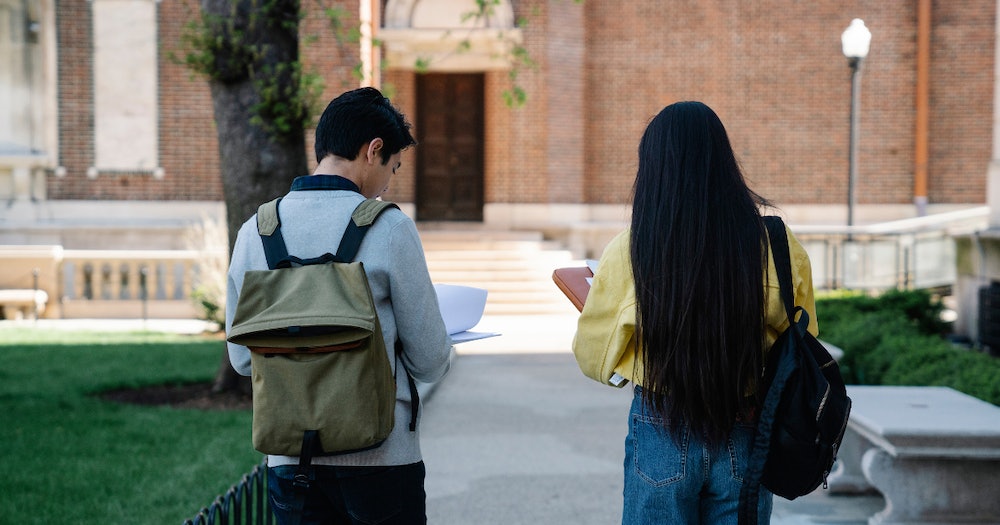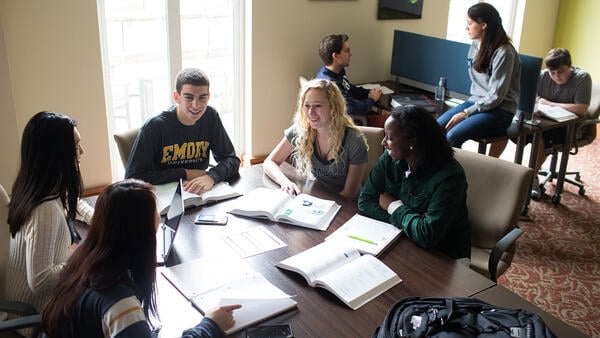Let’s be real. AI tools like ChatGPT showed up in higher ed like that one student who joins the Zoom session with their mic off, camera off, and still somehow takes over the discussion. Whether we were ready or not, AI is in the room. And if you’re teaching online, you’ve probably already seen it at work in discussion posts, essays, or that strangely perfect email.
Instead of panicking or pretending it’s not happening, we’ve got a better option. We can help students learn how to use AI responsibly, because it’s not going away. Honestly, some of them are relying on it more than we realize (Colvard 2024).
If you’re going to teach with AI, you’ve got to know what it can (and can’t) do. I’m talking about tools like ChatGPT, Grammarly, QuillBot, or even Microsoft Copilot. Give yourself a little “playtime” with them. Open one up and ask it to write a discussion post. Then see what it gets right and what falls flat.
Ask yourself:
– How might a stressed-out student use this tool to survive my course?
– Where does it help, and where does it start doing too much of the thinking?
Once you understand how AI might tempt students, you’re better equipped to teach them how to use it well.
Step Two: Don’t Just Allow AI, Teach It
Telling students “don’t cheat” isn’t enough. They need to know what responsible AI use actually looks like. That means we have to talk about it early, often, and clearly. In one recent Faculty Focus article, Holbeck (2025) recommends teaching students prompting skills to foster critical thinking.
Here are some easy ways to build AI literacy into your course:
– Syllabus Tip: Add a simple statement explaining how AI tools can (or can’t) be used.
– Quick Start Assignment: Ask students to explore an AI tool and reflect on what it’s good for and where it falls short.
– Reflect and Revise: Let them submit an AI draft and a revised version, plus a reflection on what they changed and why.
By teaching them how to work with AI instead of around it, we create better thinkers, not just better writers.
Step Three: Use AI to Lighten Your Load
Let’s face it. Online teaching is no walk in the park. Between grading, discussion boards, and endless emails, your plate is full. AI can help, but only if we use it smartly. Online instructors report using AI for feedback and discussion prompts (Mora and Semingson 2023).
Here’s how I’ve used it:
– Weekly Announcements: I use AI to draft a message, then tweak it with my voice.
– Rubrics and Prompts: Need something fast? AI can give you a rough draft to build from.
– Translations or Simplified Content: Great for students who need extra support.
– Quiz Questions: AI can help generate practice questions based on your content.
The key? You’re still the guide. AI is just the assistant.
Step Four: Teach with Real-Life Scenarios
Want to show students what smart AI use looks like? Try this:
| Scenario | Tool | Instructor Strategy |
| Struggling with clarity | Grammarly | Use for grammar and structure |
| Overwhelmed with research | Chat GPT | Use it to narrow topics, not write the full paper |
| Studying for quizzes | Quizlet | Generate flashcards or summaries |
| Time and project management | ChatGPT | Create a schedule or timeline, not to do the work |
You can also give them an activity where they compare a human-written and AI-written response. Let them spot the differences. It’s eye-opening. Lam (2025) found that students are using generative AI not just for writing, but for visual content and presentations—tools that could empower creativity with proper guidance.
Step Five: Set the Boundaries
Students need clarity, not fear. Make your expectations simple and direct. Here’s an example:
AI Use Policy: In this course, you can use AI tools to help brainstorm, organize your thoughts, or check your grammar. But your final work must reflect your own thinking and voice. Submitting something entirely written by AI is considered academic dishonesty.
Set the tone early, and students will know where the line is. In fact, Hans (2025) argues for a values-based approach to GenAI—teaching students what’s appropriate and why.
Lead the Way, Don’t Chase the Problem
AI isn’t the enemy of education. Misuse is. Online instructors have a real opportunity to teach students how to think critically about the tools they use. We don’t have to be tech experts, just open-minded guides.
When we show students how to use AI responsibly, we’re preparing them for a world where these tools will be everywhere. It’s not about control. It’s about confidence.
Let’s meet this moment with clarity, creativity, and a whole lot of common sense.
Dr. Joel Greene is a higher education consultant, psychology instructor, and former Director of Student Engagement, with experience leading online learning strategies across multiple campuses. Her work focuses on student success, equity-minded leadership, and innovative teaching in digital spaces.
References
Colvard, Nicholas B. “Artificial Intelligence: The Rise of ChatGPT and Its Implications.” Faculty Focus, May 2024.
Hans, Heather. “A Values-Based Approach to Using Gen AI.” Faculty Focus, June 11, 2025.
Holbeck, Rick. “Helping Students Develop AI Prompting Skills for Critical Thinking.” Faculty Focus, June 27, 2025.
Lam, Aileen Wanli. “How Students Use Generative AI Beyond Writing.” Faculty Focus, June 4, 2025.
Mora, Rebecca, and Sam Semingson. “Promoting AI-Enhanced Performance in the Online Classroom.” Faculty Focus, April 2025.









